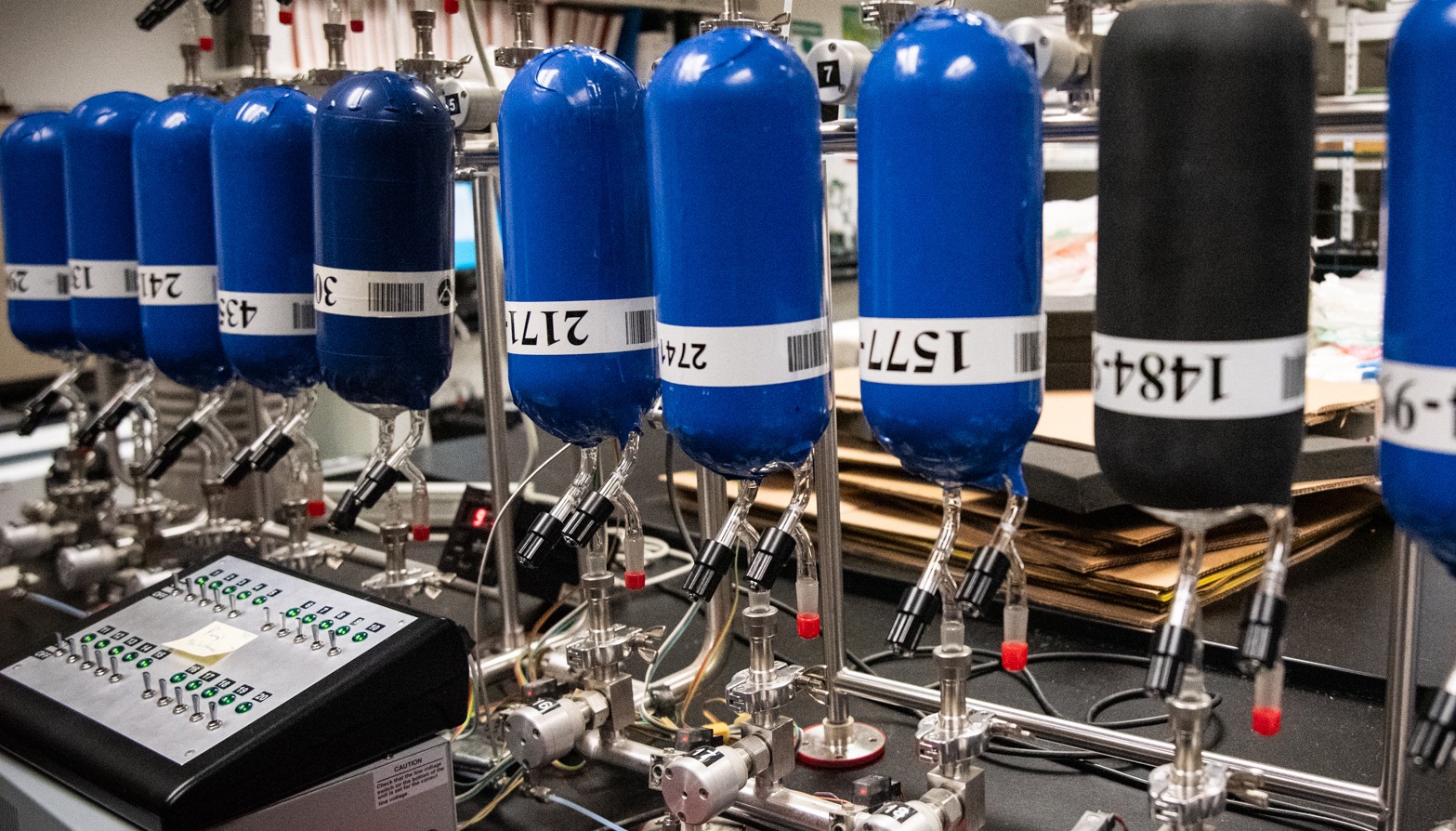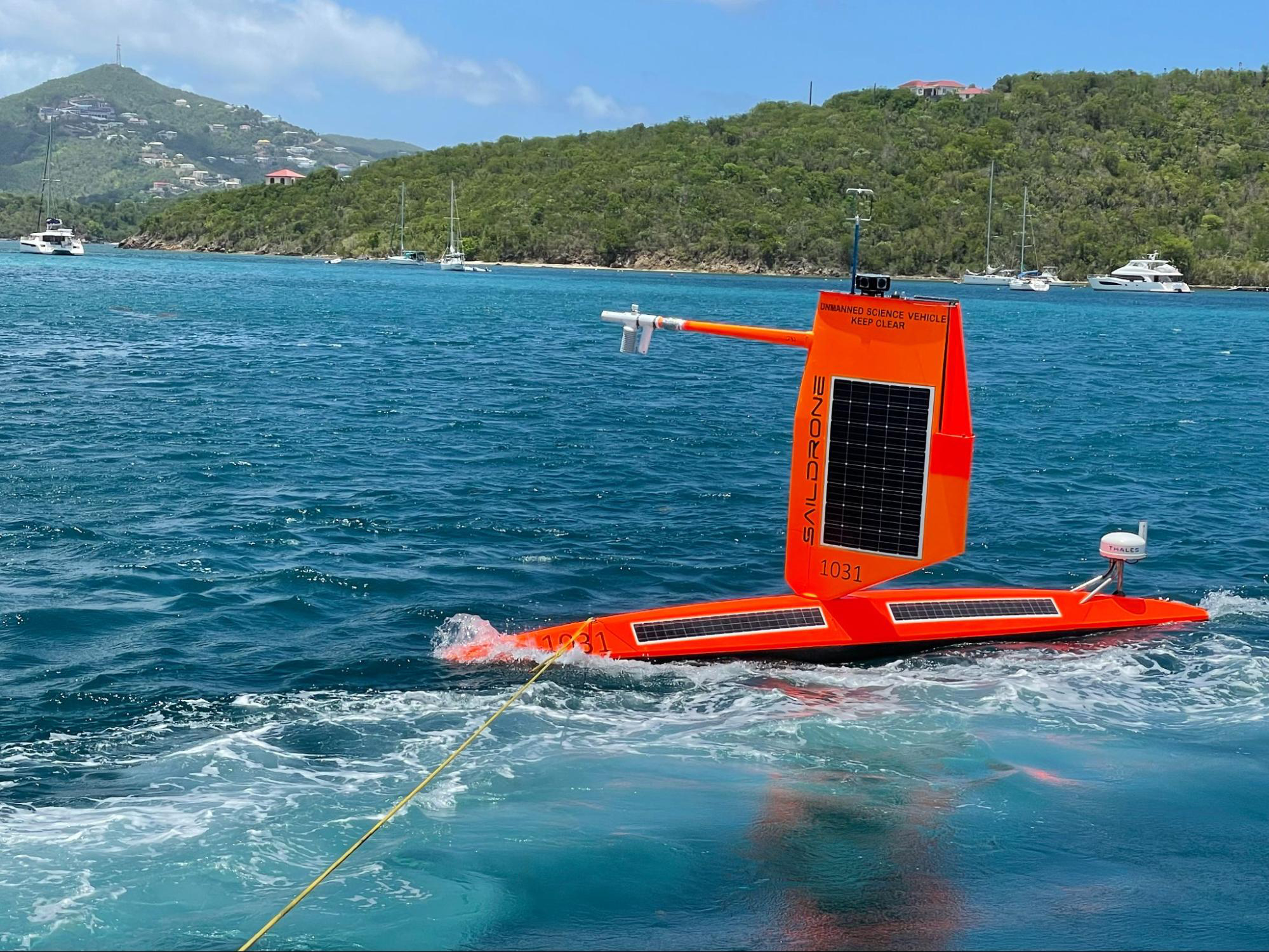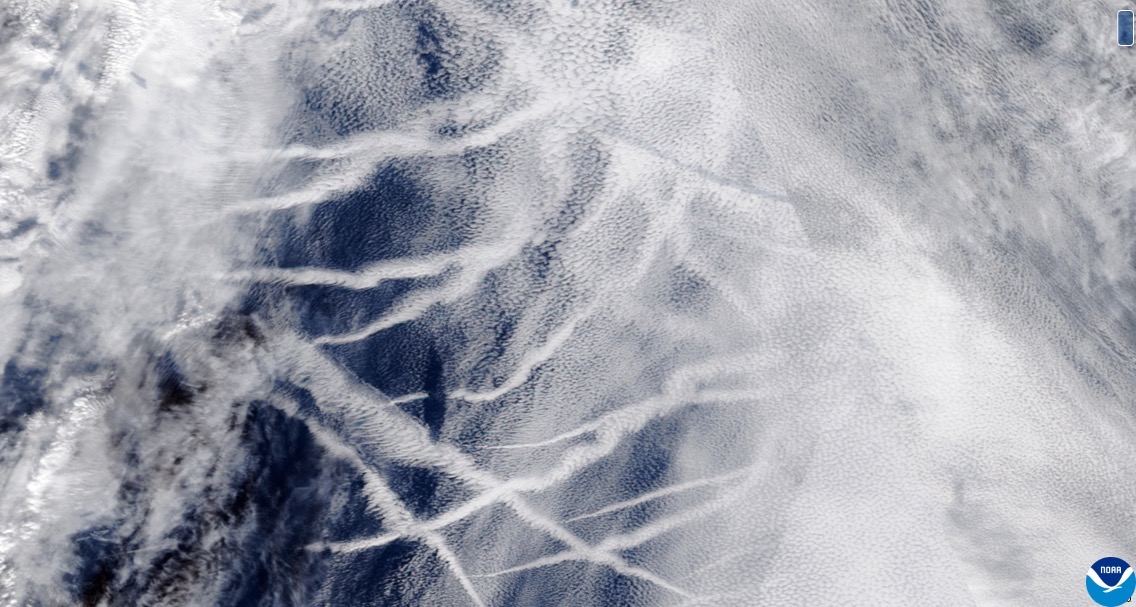New research from a groundbreaking series of global airborne sampling flights reveals that desert dust is responsible for a significant fraction of icy cirrus clouds high in the atmosphere. Every year, several billion metric tonnes of mineral dust are lofted into the atmosphere from the world’s arid regions, making dust one of the most abundant types of aerosol particles in the atmosphere. Now, scientists are learning that tiny bits of dust from the hottest and driest parts of the Earth are a surprisingly large driver in forming the delicate, wispy ice clouds known as cirrus in the cold, high-altitudes of the atmosphere.
While scientists have known that desert dust particles seed clouds, the extent of that relationship has been a long-standing question. New research, based on the largest-ever airborne atmospheric sampling mission and published this month in Nature Geoscience, sheds light on the role of dust in the climate system. Understanding how dust moves through the atmosphere will be important as scientists try to predict how climate change will influence weather patterns, said lead author Karl Froyd, a CIRES scientist at NOAA’s Chemical Sciences Laboratory at the time of the study. Cirrus clouds tend to trap outgoing heat from the surface that would otherwise escape into space. “Dust-initiated cirrus clouds are surprisingly abundant, accounting for 34 to 71% of all cirrus clouds outside of the tropics,” said Froyd. “Perhaps even more surprising, we found that although the Sahara desert is by far the world’s largest dust emitter, the deserts in Central Asia are often more important sources for cirrus formation.” Certain deserts are far more efficient than others when it comes to cloud creation.
These insights came from analysis of data collected during the Atmospheric Tomography Project, or ATom for short, an unprecedented mission using the NASA DC-8 research aircraft to sample all levels of the lower atmosphere over the world’s remote oceans, far from local sources of pollution. Researchers encountered continental dust across nearly every altitude and latitude sampled by the aircraft, including over the Southern Ocean, the remote Pacific, and Antarctica. When plugged into an atmospheric transport model, analysis of the data revealed that weather patterns downwind of the desert regions was more important for cirrus formation than simply the amount of dust emitted. The Sahara Desert, for example, accounts for 60% of global dust emissions, but only a small fraction of this dust is transported vertically into the cold temperatures of the upper troposphere where it can seed the tiny ice crystals that make up cirrus clouds. A lot of Saharan dust is blown out over the equatorial Atlantic Ocean, where it can suppress hurricane formation In contrast, dry convection and the Asian Summer Monsoon help loft dust from Central Asia more efficiently. “These results are a striking message to the aerosol and cloud science community, that we need to improve our treatment of dust and cloud formation in climate models to more accurately predict current and future climate,” he said. To learn more about this new research, visit the NOAA Chemical Sciences Laboratory’s news page.



